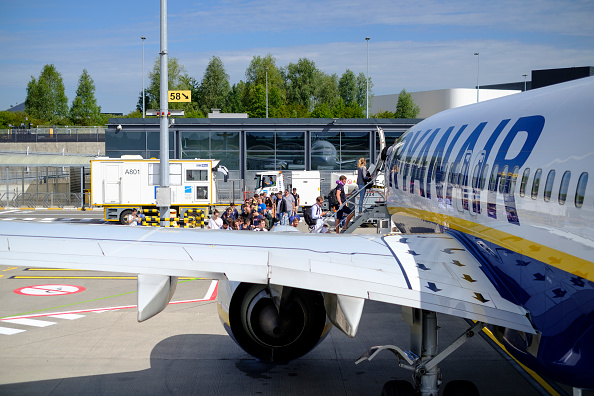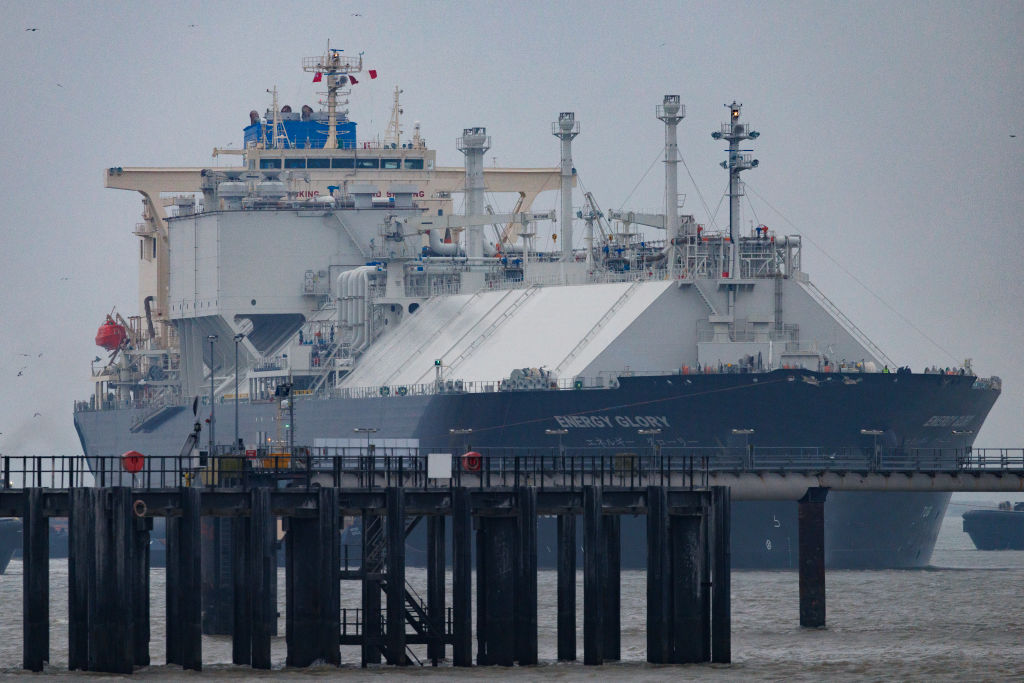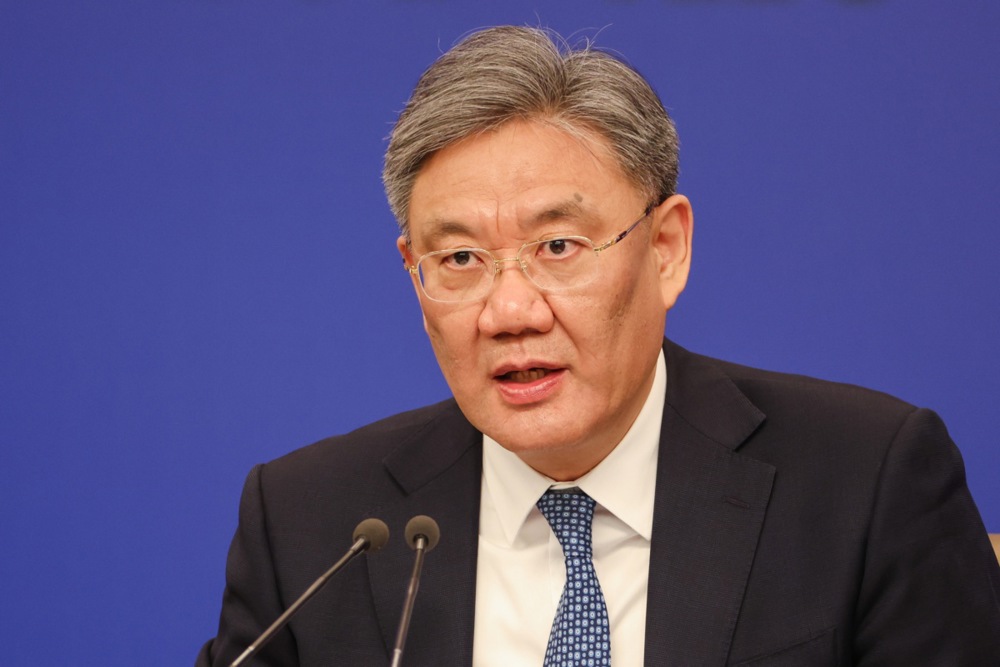Moscow’s tax take from the Yamal LNG project has constantly increased since Russia invaded Ukraine in 2022 despite claims that Europe has diversified away from Russian hydrocarbons.
Compared to 2021, revenues doubled in 2022 and then rose to around three times the pre-war level in 2023 and 2024.
That has brought in many billions in tax revenue between 2022-2024, which a Greenpeace Belgium report says could fund millions of artillery shells, hundreds of thousands of strike drones and/or thousands of battle tanks.
Yesterday, Greenpeace launched an action to block the Fluxys liquefied natural gas (LNG) terminal in the Belgian port of Zeebrugge. It was designed to expose how Europe continues to provide billions of euros to Russia through LNG imports, even while supporting Ukraine.
The report shows that, since the start of the war in February 2022, France, Spain, Belgium and the Netherlands have accounted for almost all Russian LNG imports into Europe, most from the Yamal Arctic LNG project.
That is a joint Russian-Chinese energy venture with significant Chinese ownership and supply contracts, providing LNG to China, too.
Fluxys, a partly State-owned Belgian gas infrastructure operator, manages pipelines and storage facilities across the country. Its Zeebrugge terminal is a strategic hub for Russian LNG, receiving Arctic cargoes shipped from the Yamal gas project in northern Siberia.
The terminal not only supplies Belgium but also re-exports large volumes to other European countries and beyond.
Between 2022 and mid-2025, France imported about €12.7 billion worth of LNG, Spain €9.5 billion, Belgium €6.2 billion and the Netherlands €5.8 billion.
Belgium alone spent more on Russian LNG than on its aid to Ukraine.
Across the European Union, the report estimates Russia has received about $9.5 billion (€8.1 billion) in tax profits from the Yamal LNG project in the three-plus war years.
The NGO calculated that Belgium spent €4.1 billion on Russian LNG since the war’s outbreak, more than the country’s bilateral aid to Ukraine over the same period.
Meanwhile, on September 30, Belgian energy provider Engie closed the Tihange 1 nuclear reactor after 50 years of operation. That decision comes as the country debates how to secure its electricity supplies while also reducing dependence on fossil fuels.
Belgian Liberal MEP Yvan Verougstraete has argued that Europe must both ban Russian gas and avoid falling into new dependency.
His spokesperson told Brussels Signal he is an “ardent” defender of a co-ordinated and ambitious EU ban on Russian imports but “refuses that this interdiction be translated into a simple transfer of dependence towards the United States.”
In a social media post, reacting to the closing of Tihange 1, Verougstraete warned: “Without a clear vision and swift decisions, we risk losing our autonomy and increasing our dependence on imported fossil fuels.”
European Commission President Ursula von der Leyen said Brussels intends to stop Russian LNG imports “already from the start of 2027,” earlier than previously planned.
Pressure to cut off Russian energy also comes from outside Europe. At the United Nations General Assembly on September 24, US President Donald Trump called on the EU to stop buying Russian LNG and thereby financing “Russia’s war machine”.
In July, the EU made a commitment to purchase US LNG over the next three years, valued at approximately $750 billion (€639.2 billion).





